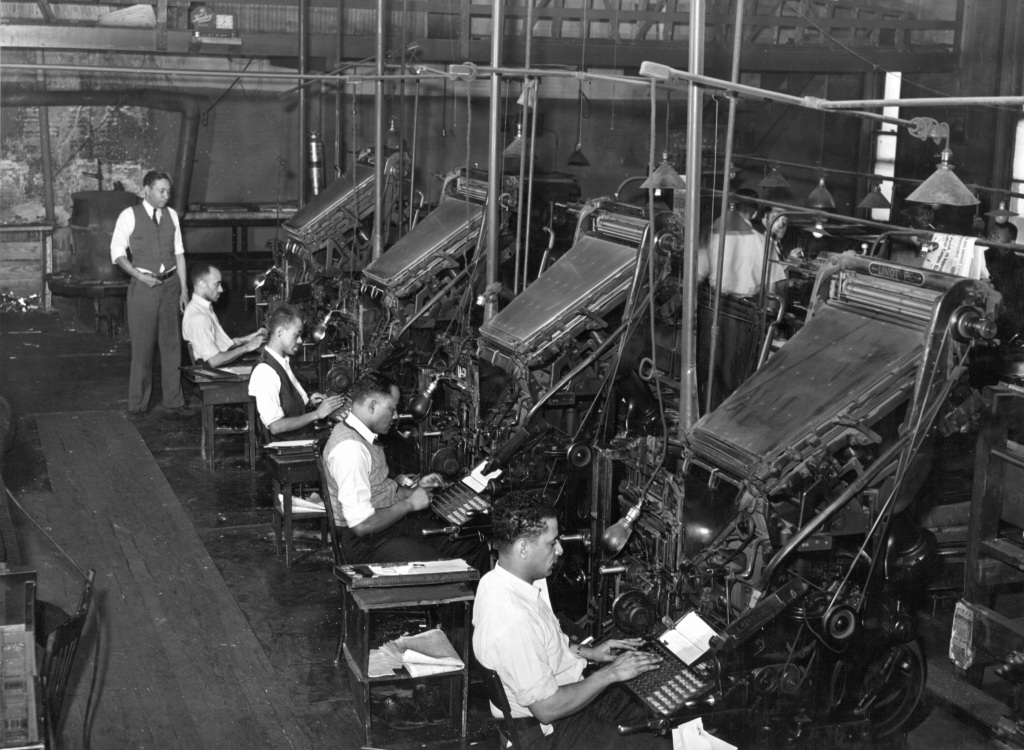
Monday, August 3
More thoughts about my summer job at the daily Memphis Press-Scimitar in the 1960s.
Coming from a family that consisted only of my mother and me, I found one of the hardest things about the job to be learning the names of all the staff members—maybe only 40-odd people. Nor had I as an 18-year-old spent much time conversing with actual grown-ups. So I learned a lot on the job about getting along with other people, figuring out their expectations, and even putting up with the outrageous blame-shifting attempts of colleagues. Somebody was always looking for someone to blame for their own screw-ups—and that’s where the underlings came in handy. You don’t get much more “underling” than a copy boy.
Memphis in the late ‘60s was still a very racist, segregated city. It was the site of a spring, 1968 sanitation workers’ strike and the murder of Martin Luther King Jr. One of the hottest stories in town should have been the explosion of talent at Stax Records recording studios, where Otis Redding, Carla Thomas, Sam & Dave, Booker T. & the MGs, and others were turning out soul hits by the dozens. But the Press-Scimitar largely ignored this: It was a paper aimed at the burgeoning white suburbs.
Accordingly, a lot of attention was paid to sports (golf and football, primarily) and to “society” events. A half-dozen beefy guys were required to handle the former and a half-dozen women, the latter. Local politics and crime commanded the attention of only two or three reporters, while business news got only one.
Another amazing fact: There was no air conditioning in the paper’s large open-space newsroom. Temperatures on most summer days would be in the ‘80s and ‘90s, but we didn’t know any better. Nor were there electric typewriters: Everyone hammered out copy on manual typewriters that would be an embarrassment in any thrift/junk store today.
This was also still the age of “hot type.” Typed and marked-up stories would be shipped from our floor via pneumatic tube, down to the composing room on a floor below. This area was much like a factory: Guys worked at linotype machines—keying in the stories all over again in order to produce the “slugs” of metal words that would then be used to make up pages of metal type. (If a story turned out to be too long for the space—well, the last few paragraphs would just be thrown away. Hence, the “inverted pyramid” form of journalistic writing.) These metal pages, in turn, would be used to make the cylindrical, rotary drums that would print the finished newspaper. Today, hot type is all gone—almost all printing is done via the chemical process known as offset lithography.
And soon, even that will have vanished, as more and more reading is done on electronic devices. The trees—at least those that survive climate change—thank you.
Dinner: chicken salad with apples, celery, and walnuts along with a lettuce and avocado salad.
Entertainment: more of Britbox’ crime series River.
